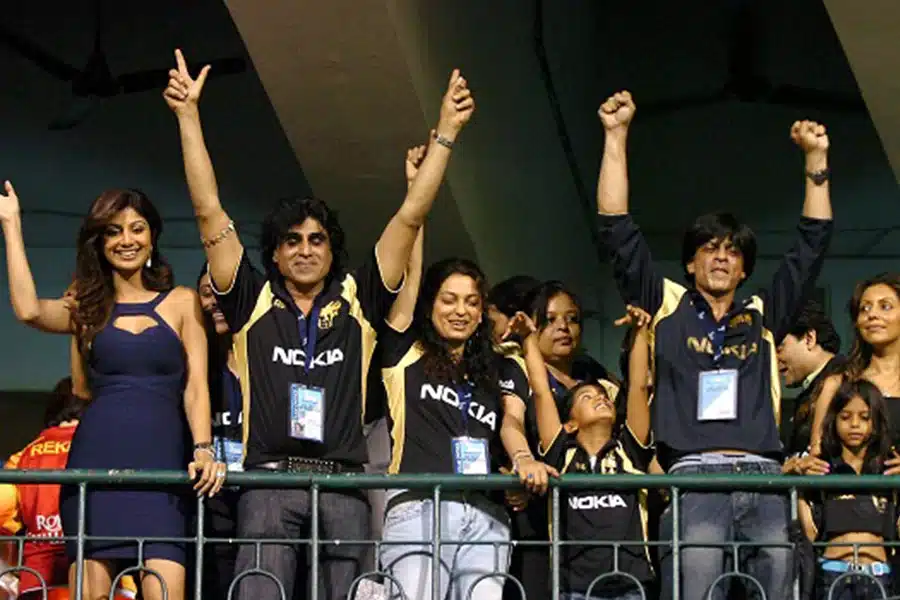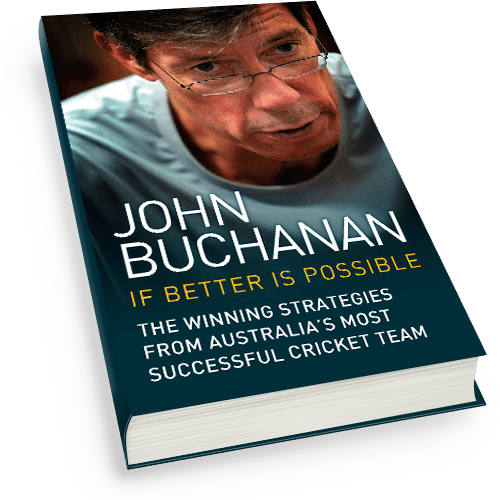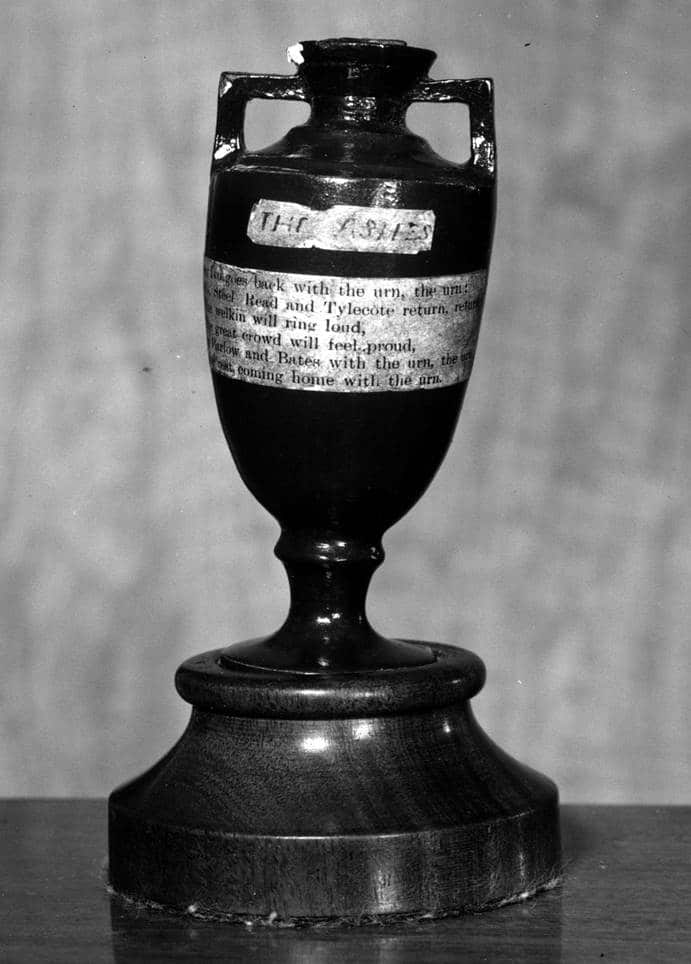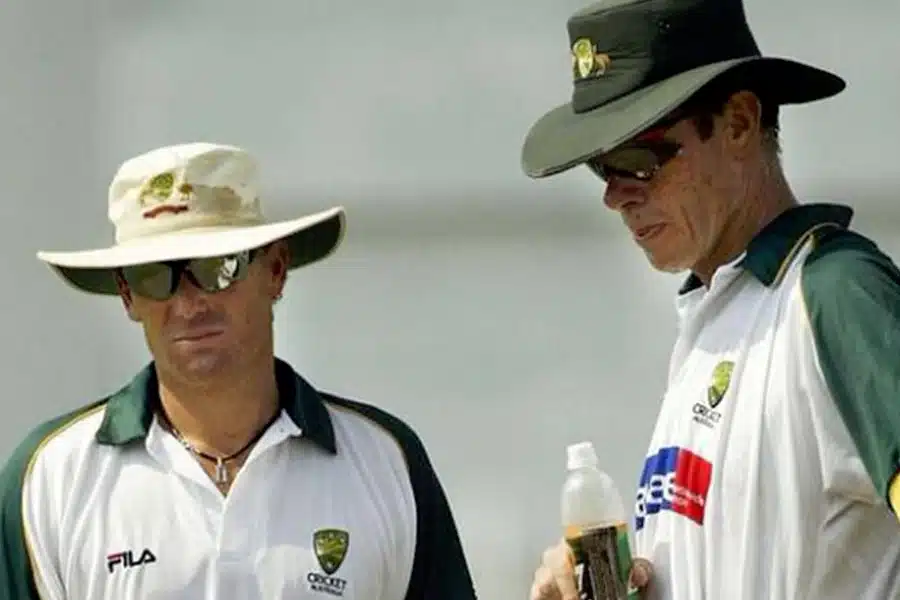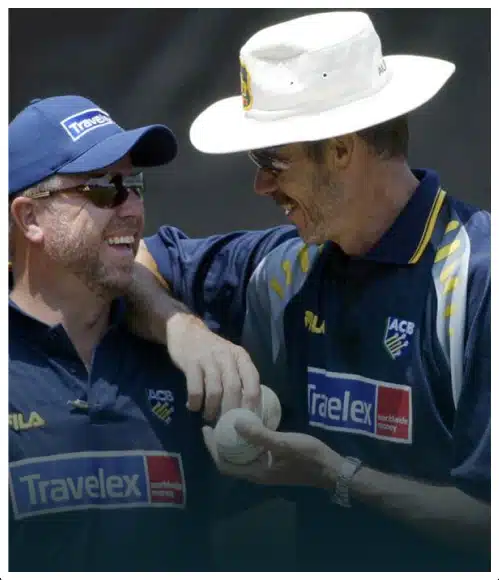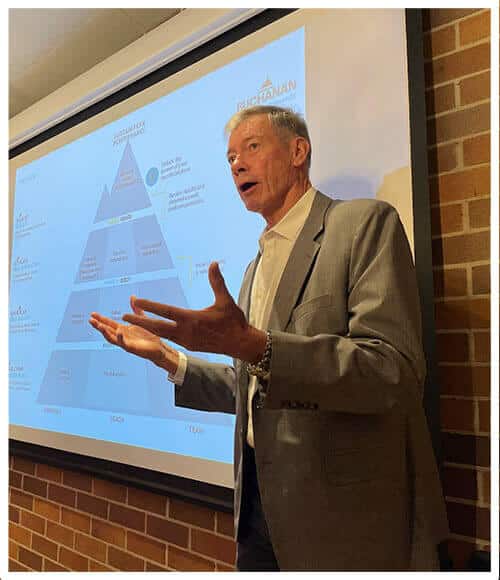In this series of articles, I will review my book “The Future of Cricket”, written nearing the completion of IPL #2, 2009. Has the future arrived? And how has this competition impacted world cricket?
When New Zealand wicket keeper-batsman Brendon McCullum walked out to open the batting for the Kolkata Knight Riders against the Royal Challengers Bangalore on April 18, 2008, in the first match of the inaugural Indian Premier League, the cricket world watched with anticipation and curiosity. How would the world take to the Twenty20 format and the IPL? Would local fans support privately-owned franchises full of foreign players?
Cricket is a traditional game. With the odd exception it has remained largely unchanged for nearly a century and a half. The Bodyline series and the World Series Cricket revolution changed the game in their times; the IPL has the potential to usher in even more significant changes to the way the game is played. That’s the reason I was so keen to be involved.
T20 had proved successful in domestic competitions and as one-off internationals but the IPL was an undertaking – and a gamble – on an entirely different level. The franchise system was a departure from traditional state, county, provincial or national representative cricket: privately-owned teams would represent cities, with players selected via auction from all over the world. The IPL and its franchise owners had invested hundreds of millions, if not billions of dollars in a speculative venture that had the potential to either fall flat on its face or change the face of cricket.
So much depended on the players. Professionals, they were being handsomely rewarded for their time – some extremely so – but the jury was still out as far as T20 was concerned: was it cheap, sideshow entertainment or did it have a place at the table alongside the more traditional forms of the game? How would crowds – and for that matter, players – respond?
One of the greatest appeals of T20 is the speed at which it is played. Whereas a Test match can take five days to provide an answer and even a 50-over match up to eight hours, we had our answer in less than an hour and a half.
Eighty exhilarating minutes to be precise, was how long it took McCullum to smash an unbeaten 158 from just 73 balls, including an incredible 13 sixes. The crowd was delirious, TV viewers enraptured, the owners thrilled. The question had been answered: this was the future of cricket.
That was 2008, and now we are 7 versions of IPL on.
India still embrace the ‘crickertainment’ although there are still indications of corruption with the suggested banning of two sides for two years by the BCCI, and the occasional individual case of receiving favours, generally monetary, for manufacturing outcomes during the course of a match (es).
The originator of ICL, Subhash Chandra has teased the cricketing world with the notion of a rebel cricketing league again.
Various Leagues around the world have continued to grow such as those in Bangladesh, Sri Lanka, West Indies, South Africa, England & Australia.
Certain personalities have emerged as almost the face of T20 cricket, possibly none bigger than Number 333, Chris Gayle.
Women’s cricket is now gaining further exposure through this medium, with people like Lisa Sthalekar not only commentating in mens and womens games but being at the forefront of a Women’s T20 league.
And at a distant end of the spectrum surrounding ‘crickertainment’ is a proposal of a globetrotting masters age version featuring former stars playing in front of American TV audiences on rented grounds from NFL franchises.
However, is this the Future of the T20 phenomenon as predicted in 2009? Or the T20 game going indifferent directions?
Join me as I explore these questions in my next series of cricket articles.
Please message us your thoughts and comments!
Lead for World Class Performance— Join our Free Mini Course!

